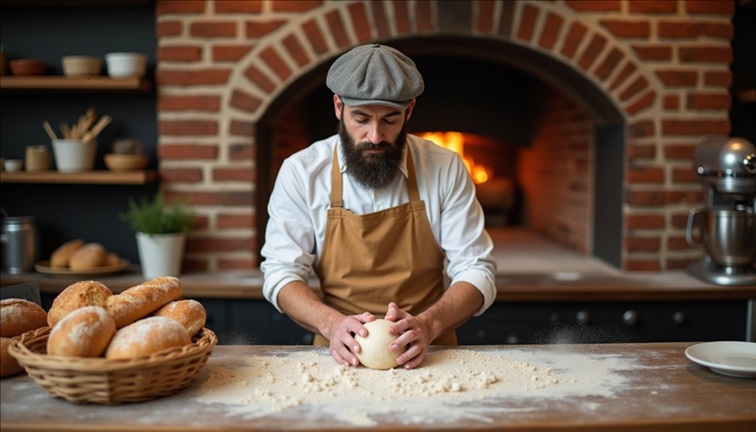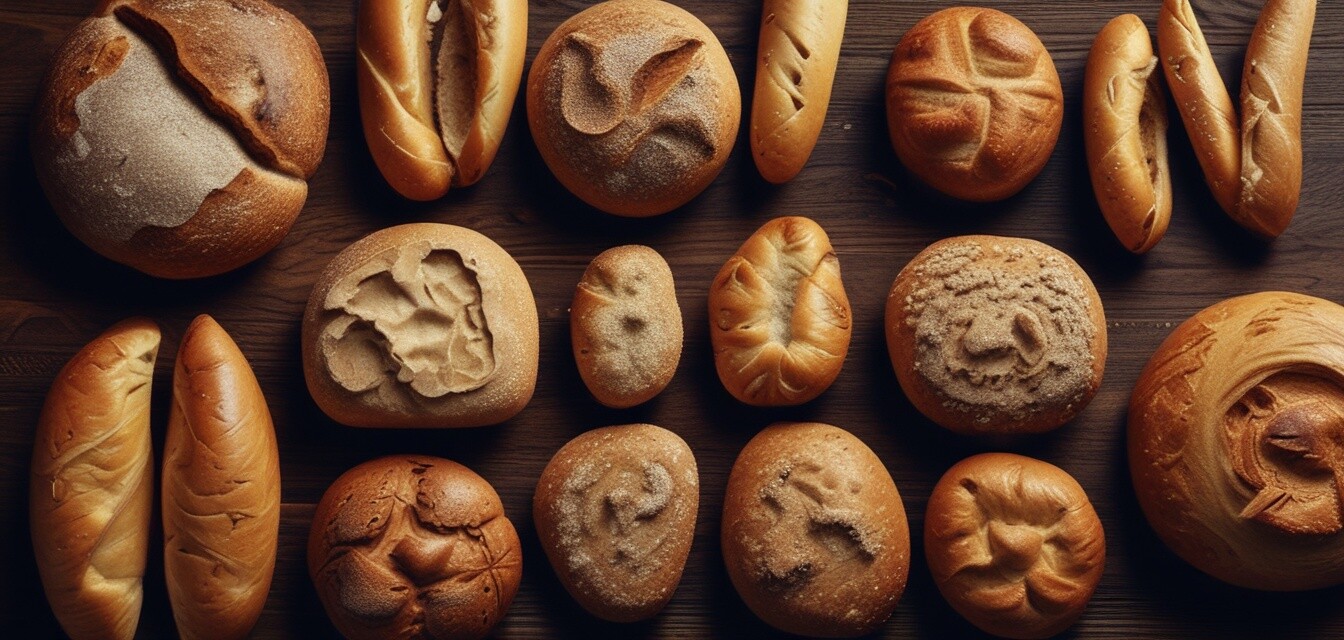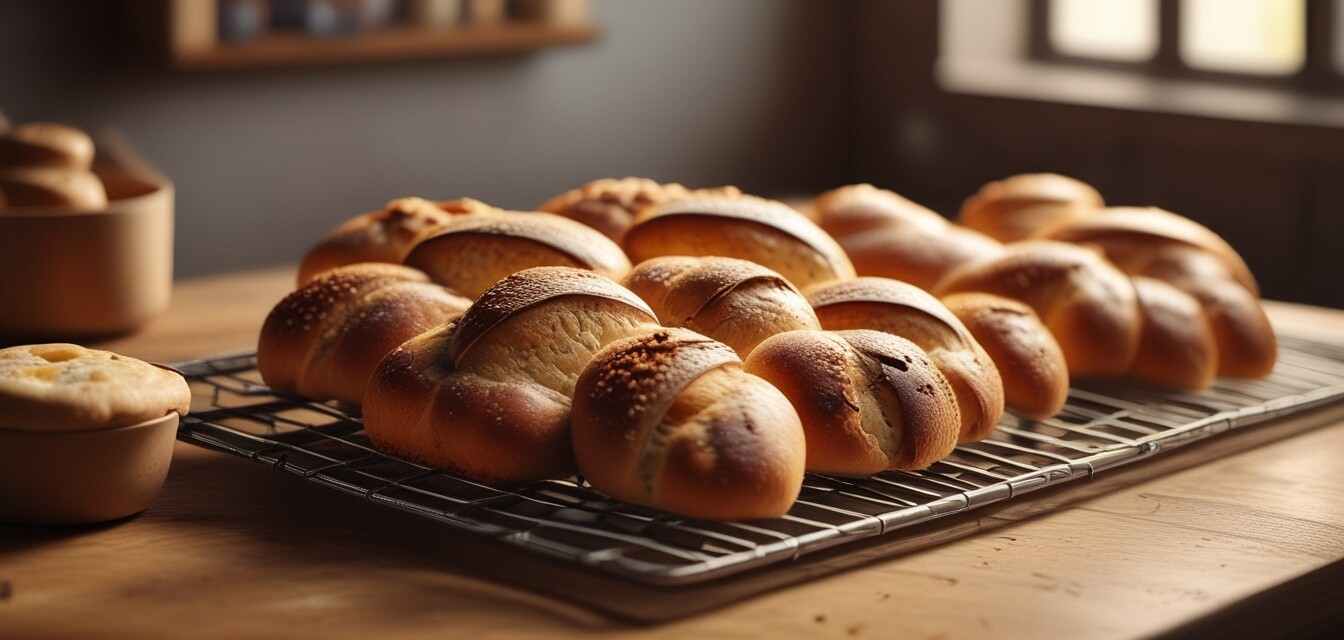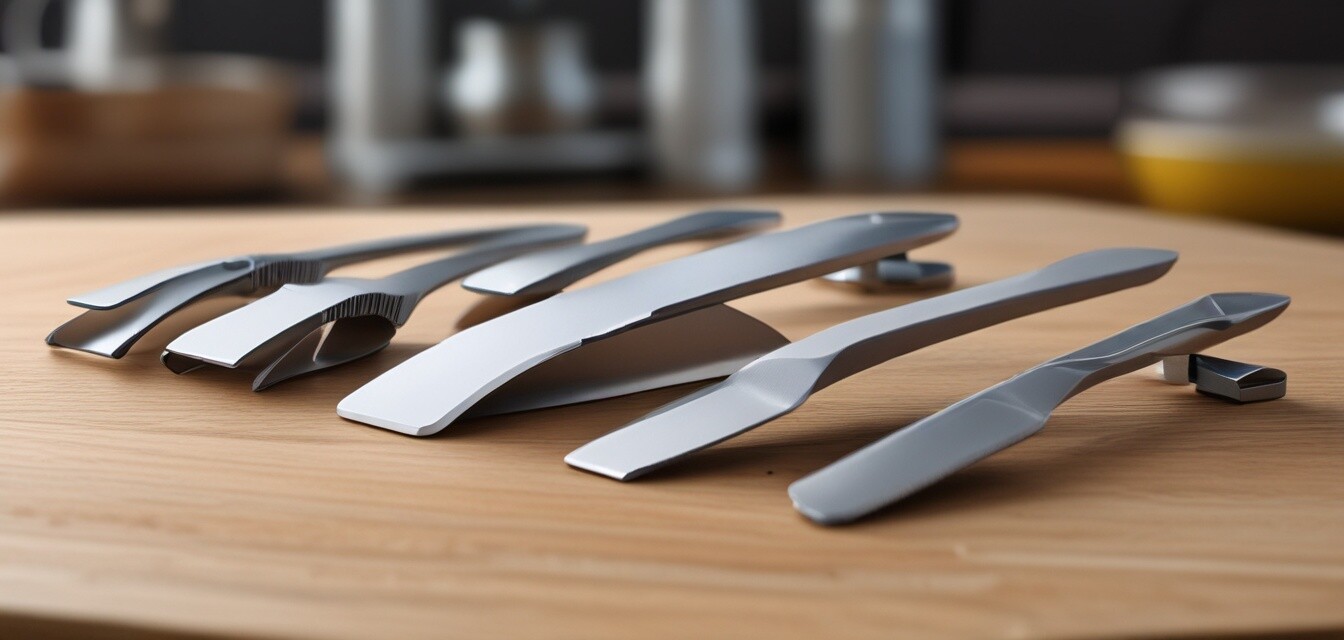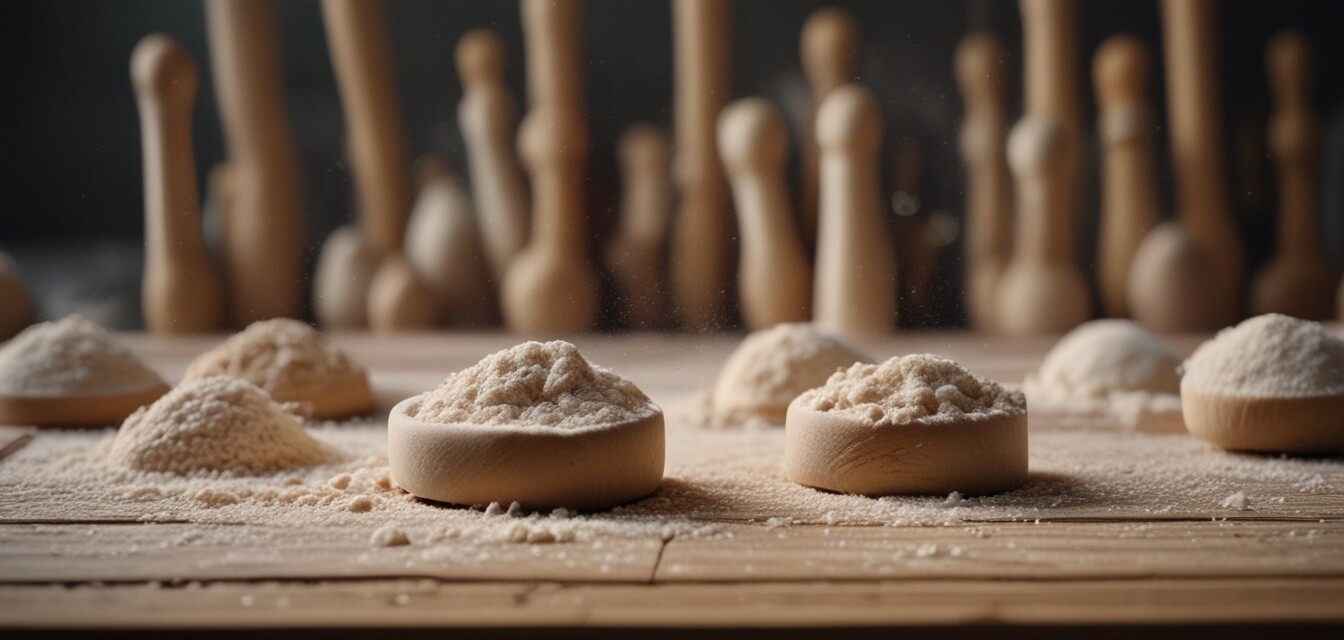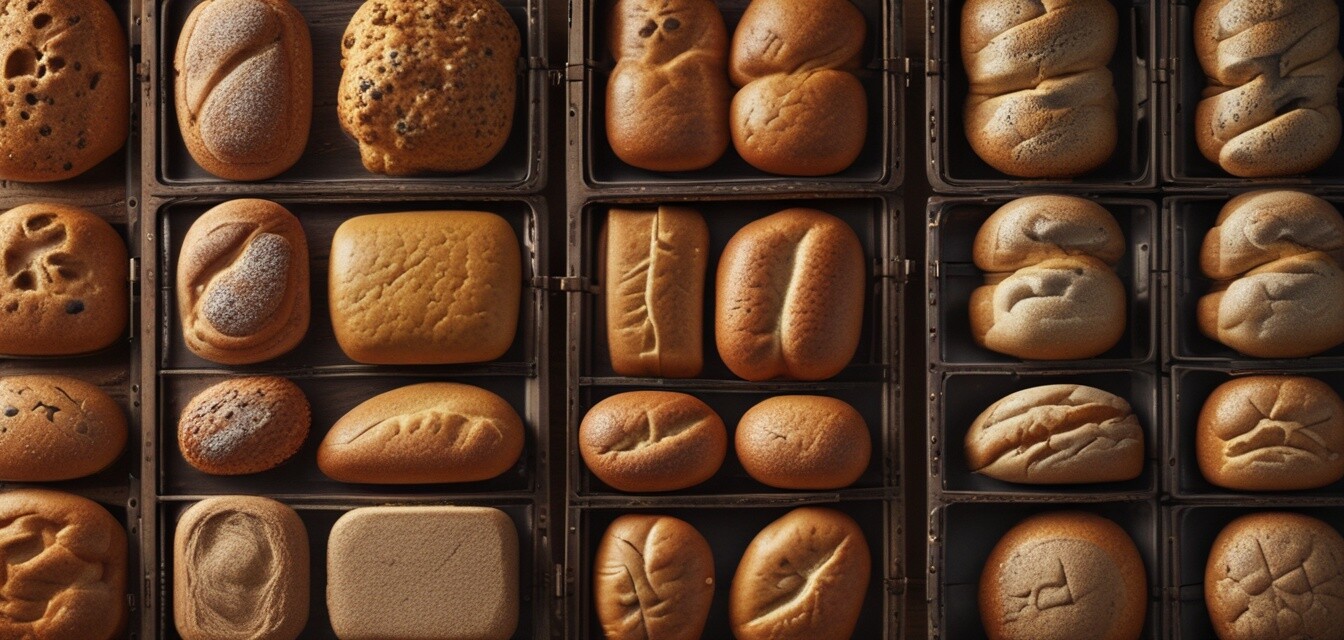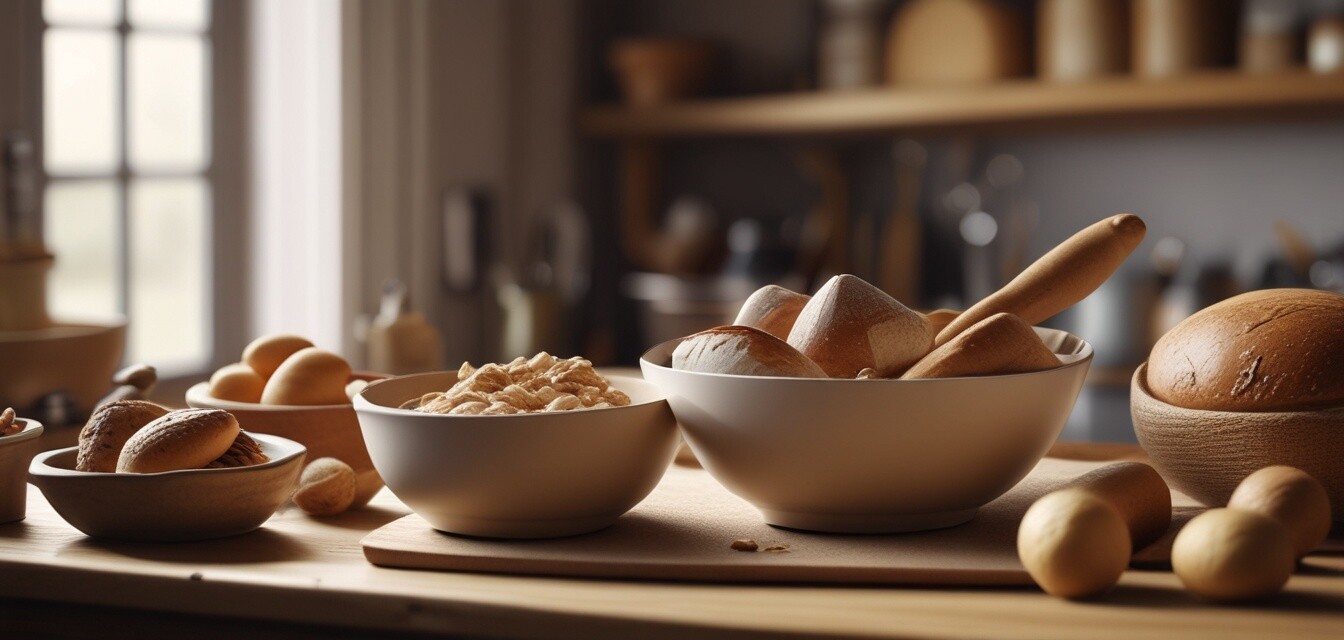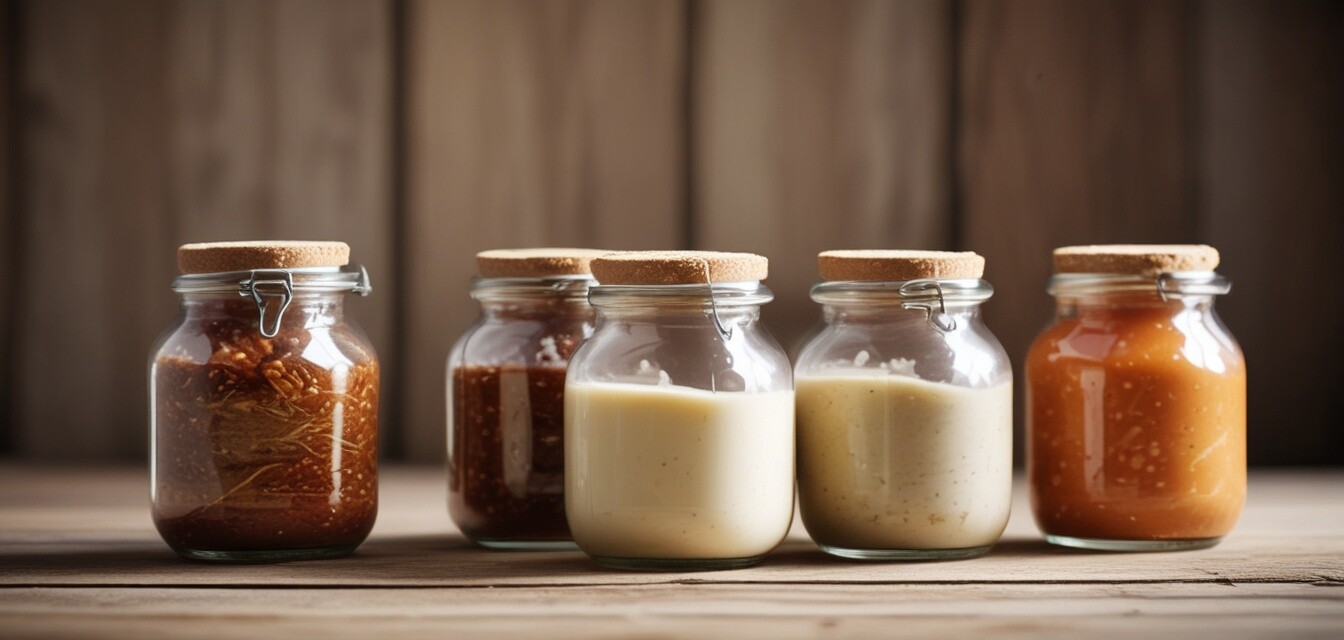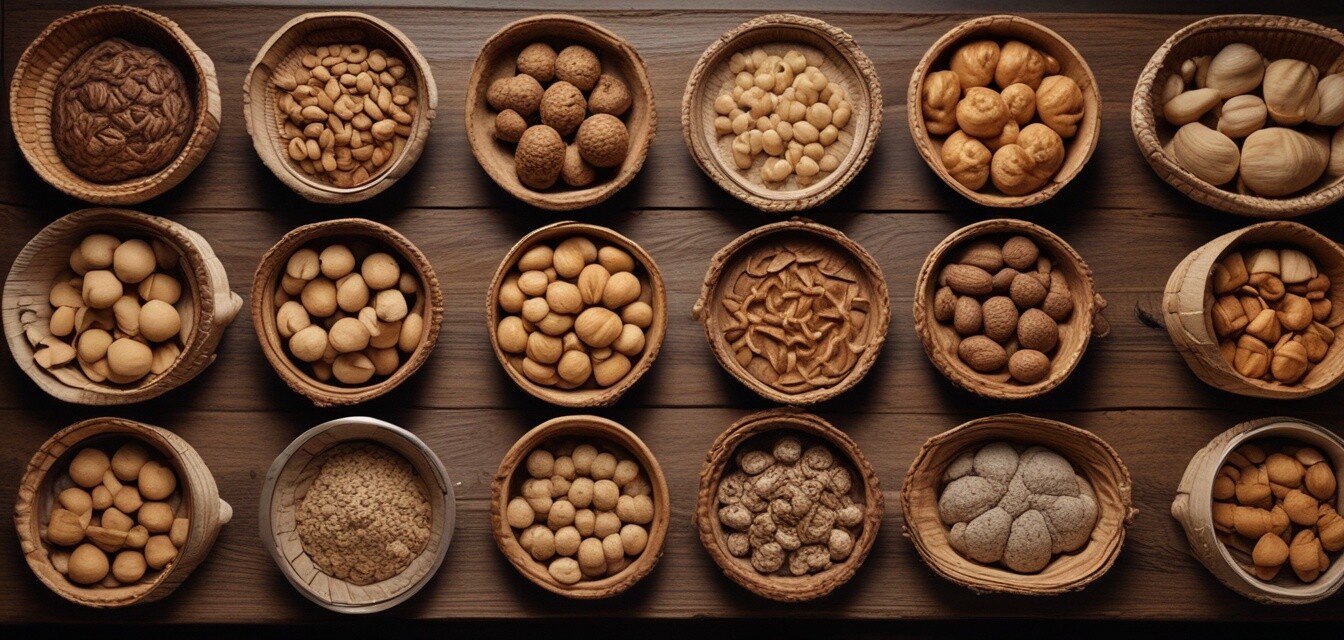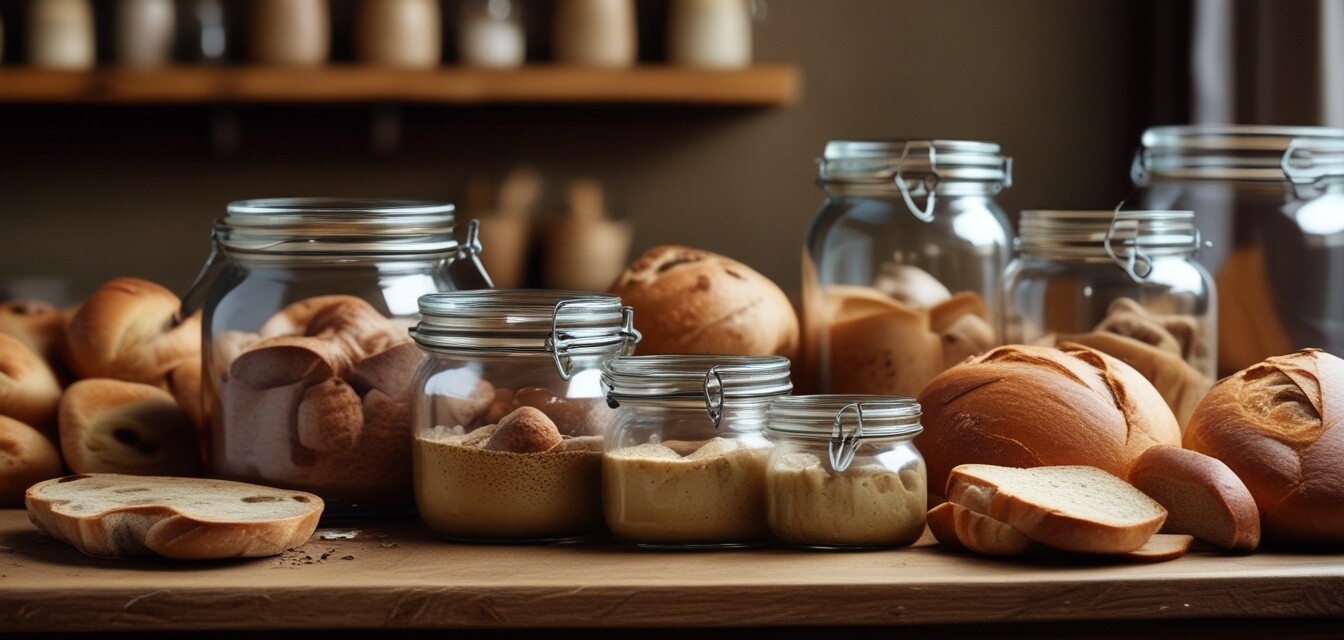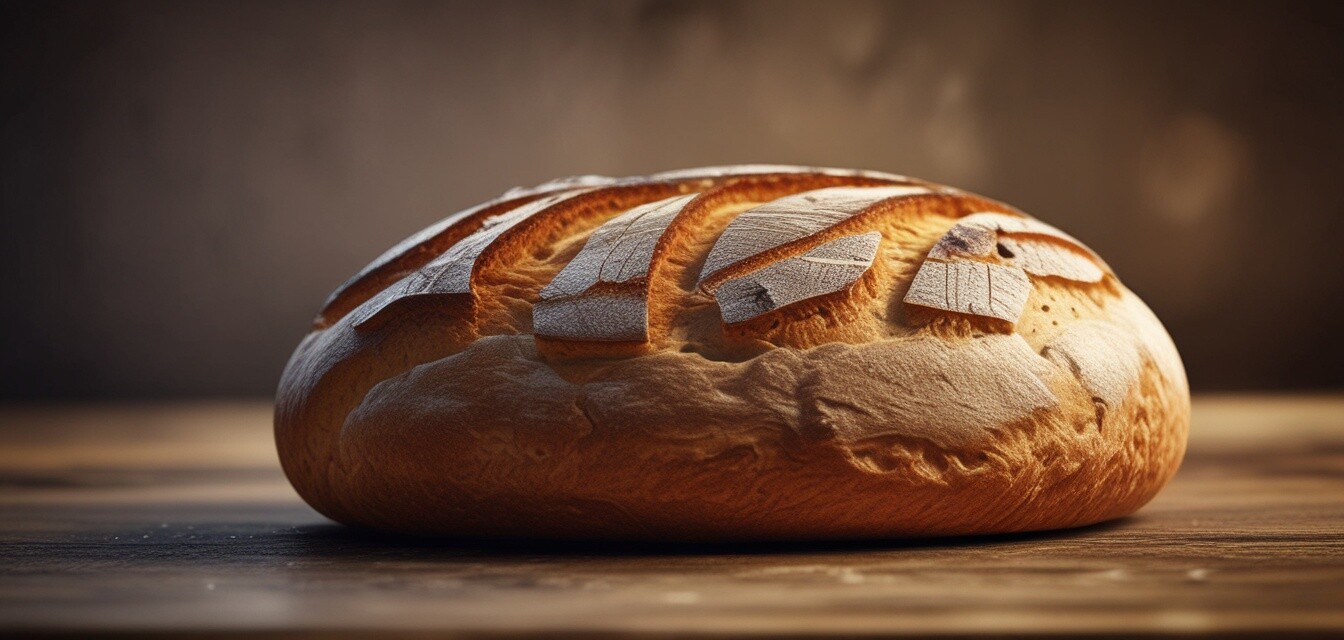
Baking Stones
Are you tired of baking bread that's soft and lackluster? Do you dream of creating crusty, artisanal loaves that impress your family and friends? If so, you need to invest in a good baking stone!
Key Takeaways
- Baking stones help to distribute heat evenly, ensuring a crispy crust and a soft interior.
- They come in different materials, such as ceramic, cordierite, and refractory stone.
- Preheating the stone before baking is crucial for optimal results.
What is a Baking Stone?
A baking stone is a cooking tool used to bake bread and other baked goods. It's typically a flat, rectangular slab made from a heat-resistant material, designed to distribute heat evenly and absorb moisture.
Benefits of Using a Baking Stone
| Benefits | Description |
|---|---|
| Even Heat Distribution | Ensures a crispy crust and a soft interior, resulting in a perfectly baked loaf. |
| Moisture Absorption | Helps to create a crispy crust and prevent a soggy interior. |
| Easy Cleanup | Most baking stones are easy to clean and maintain, making them a low-maintenance addition to your kitchen. |
Types of Baking Stones
When it comes to choosing a baking stone, you'll have several options to consider. Here are some of the most popular types:
- Ceramic Baking Stones: Known for their heat retention and durability, ceramic baking stones are a popular choice among bakers.
- Cordierite Baking Stones: These stones are made from a type of ceramic material that's known for its thermal shock resistance, making them ideal for high-temperature baking.
- Refractory Baking Stones: These stones are made from a type of stone that's known for its heat resistance and durability, making them a great choice for frequent bakers.
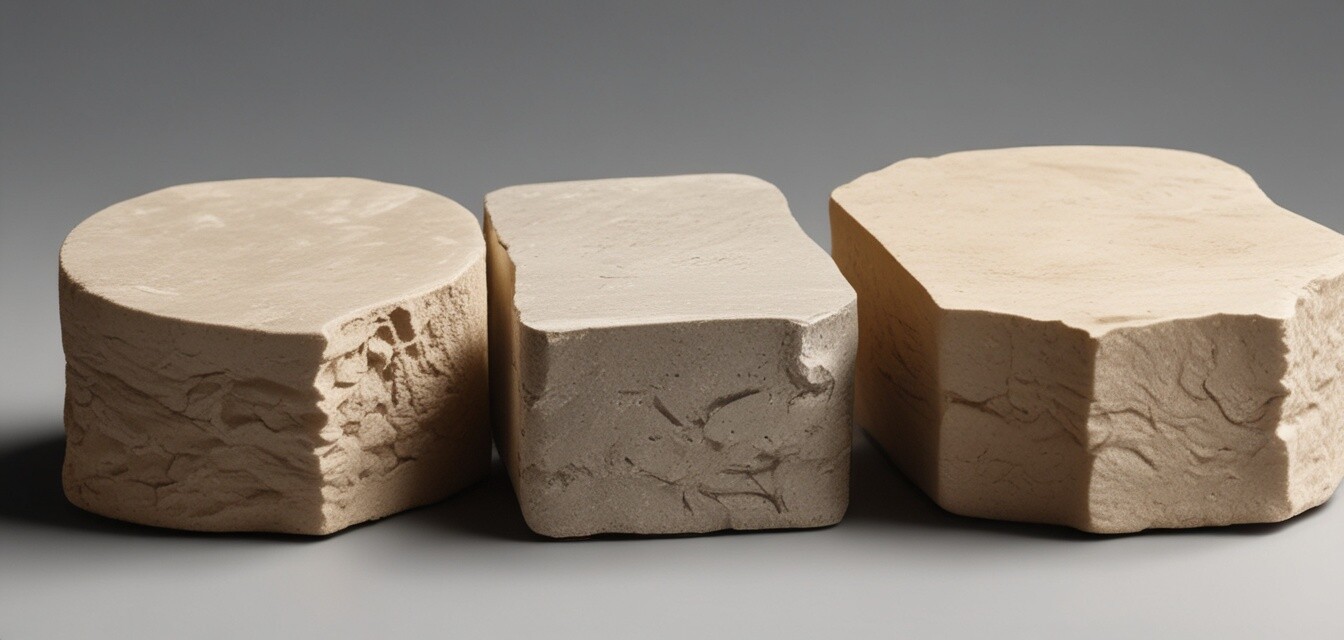
How to Use a Baking Stone
To get the most out of your baking stone, follow these simple steps:
- Preheat your oven to the desired temperature.
- Place the baking stone in the oven and preheat it for at least 30 minutes.
- Shape your dough and place it on the preheated stone.
- Bake for the recommended time, or until your bread is golden brown and crispy.
Tips for Choosing the Right Baking Stone
Beginners Section
- Consider your budget: Baking stones can range in price from under $20 to over $100, so set a budget and stick to it.
- Think about the size: Choose a baking stone that fits your oven and baking needs.
- Read reviews: Check out reviews from other bakers to get a sense of which baking stones perform well.
Conclusion
A good baking stone is an essential tool for any serious bread baker. By choosing the right stone and following a few simple tips, you can create crusty, artisanal loaves that will impress your family and friends.
Ready to start baking? Check out our Bread Cloche and Lame Blades for more artisanal bread-baking essentials.
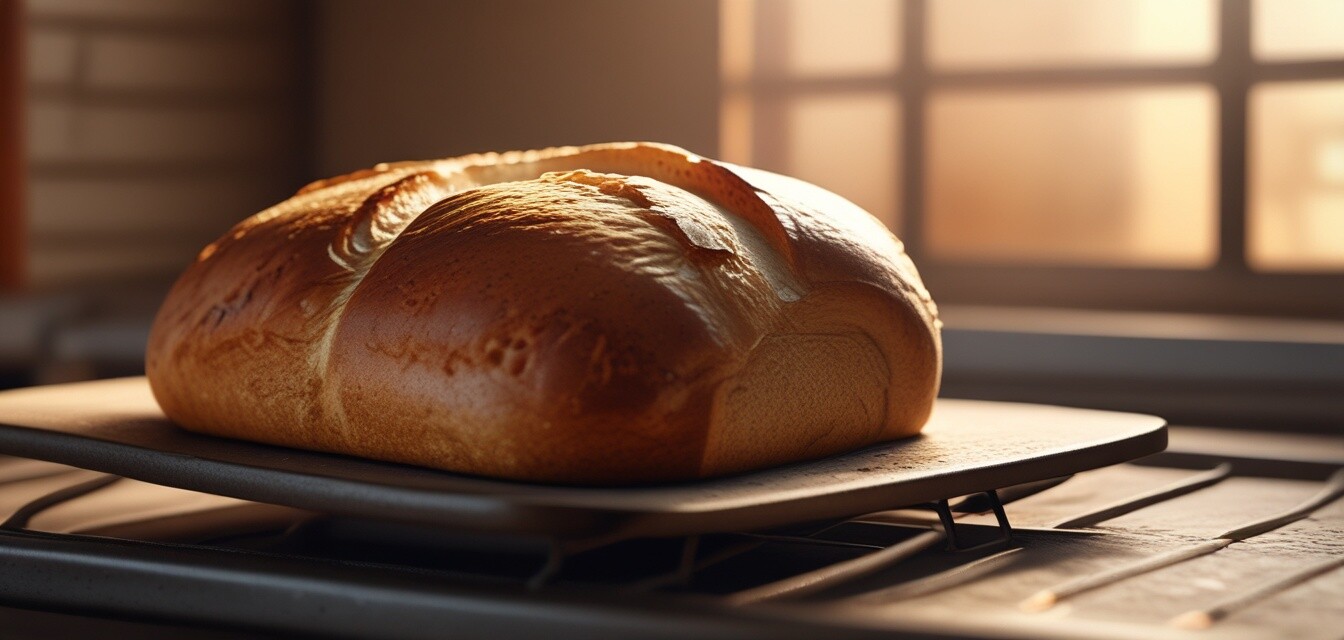
Pros
- Even heat distribution for a crispy crust and soft interior
- Moisture absorption for a crispy crust
- Easy cleanup and maintenance
Cons
- May require preheating, which can add to baking time
- Some baking stones may be heavy or bulky
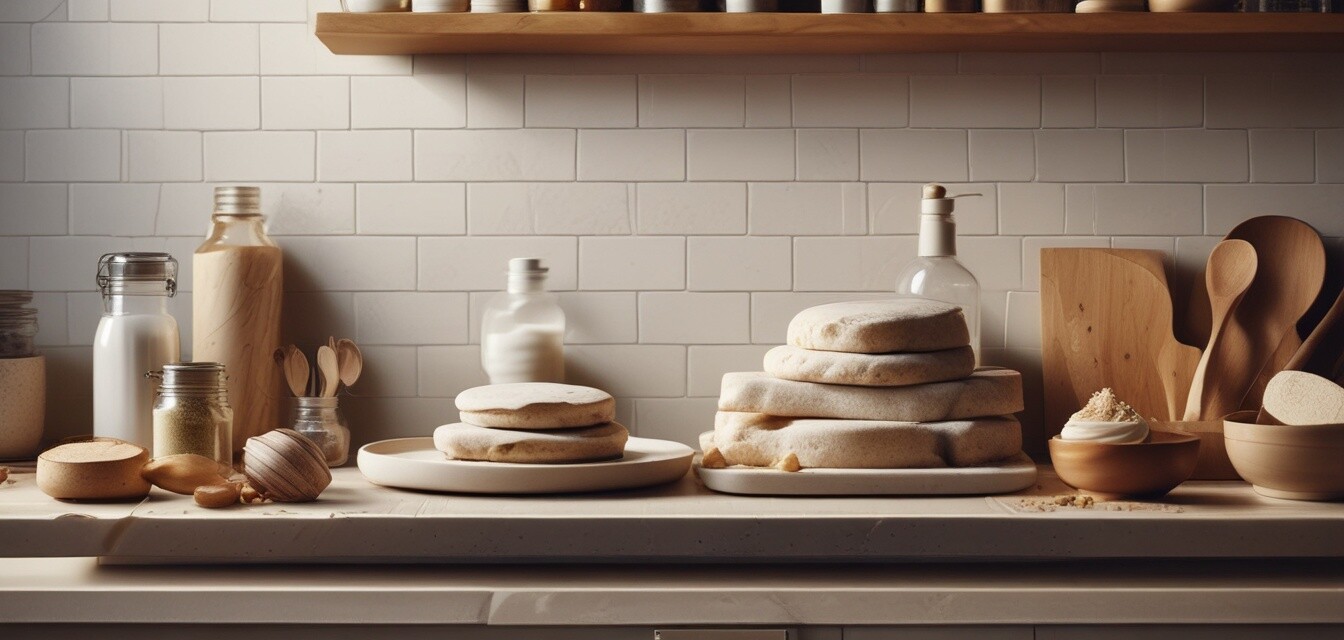
Looking for more baking essentials? Check out our Dough Scrapers and Proofing Baskets for more must-haves.
